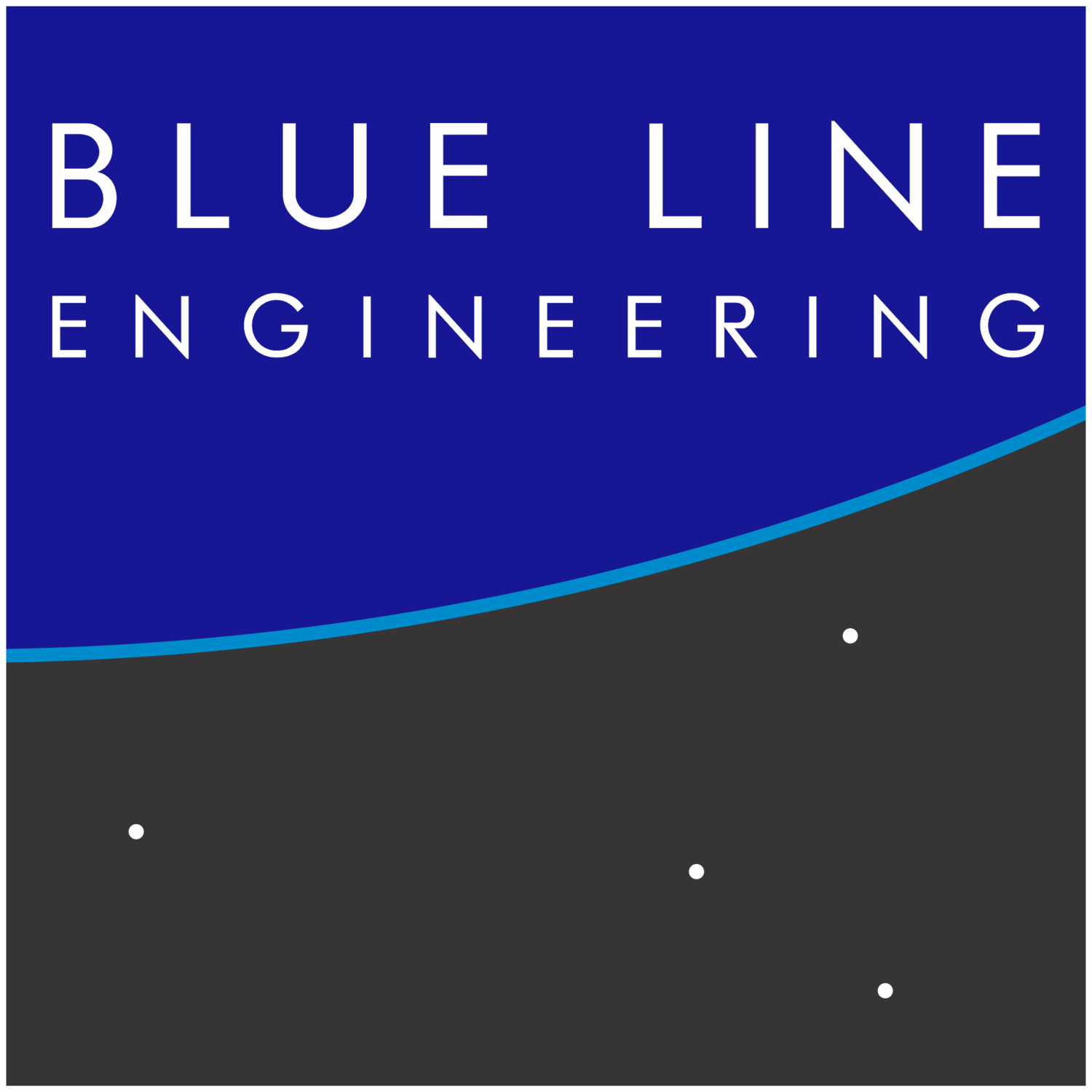Theory of operation
Differential Measurement
Our sensing technologies have been developed to produce highly accurate position measurements on an extremely fine scale.
Blue Line's inductive sensor systems typically utilize inductive eddy current technology to measure motion of a target. Sensor/target configurations are possible to measure linear, small angle, or full 360º rotation.
A coil located at the tip of a sensor is driven to create an oscillating magnetic field. This field induces eddy currents in the conductive target and an opposing magnetic field. Any change in distance between the sensor coil and the target changes this coupling relationship and is detected as a change in impedance seen by the sensor electronics.
Differential sensor arrangements use two sensors positioned so that any movement of the target is registered by both sensors. As the target moves away from one sensor, it moves equally toward the other. The two sensors thus constitute opposing sides of a balanced bridge circuit. As impedance on one side of the bridge increases, it decreases on the other. This differential arrangement provides the best resolution, linearity and thermal stability. Single-ended designs are also possible.
Shear-Sensing Technologies
Shear Sensing is a patented Blue Line Engineering differential sensing technique that achieves very high accuracy over a wide dynamic range. Shear Sensing is applied in our Edge Sensors, which measure the edge-to-edge displacement between two flush surfaces. A typical use would in aligning the mirrors of a segmented array telescope. The concept employs two physically isolated pairs of electromagnetically coupled coils, which are positioned on opposite edges of the segments or surfaces to be aligned. The coil pair on one side are passive, requiring no power. The other pair, referred to as the active pair, are driven by the electronics. It is only the active coil pair that are wired to the electronics. The pairs are positioned so that as one coil in the passive sensor moves away from one coil in the active pair, the passive and active counterparts move closer together. (See figures at left.)
The two coils of the active sensor pair comprise opposing sides of a balanced bridge circuit, so that as impedance increases on one side, it decreases on the other. This differential placement of sensors can be used to detect shifts in motion along any segment edge, resulting in a wide variety of directional measurements. This technology is particularly suited to large segmented mirror telescopes, where they can be used to phase match adjacent mirror segments. Blue Line implemented a sensor system like this for the 91 mirror segment Hobby-Eberly Telescope at MacDonald observatory.


